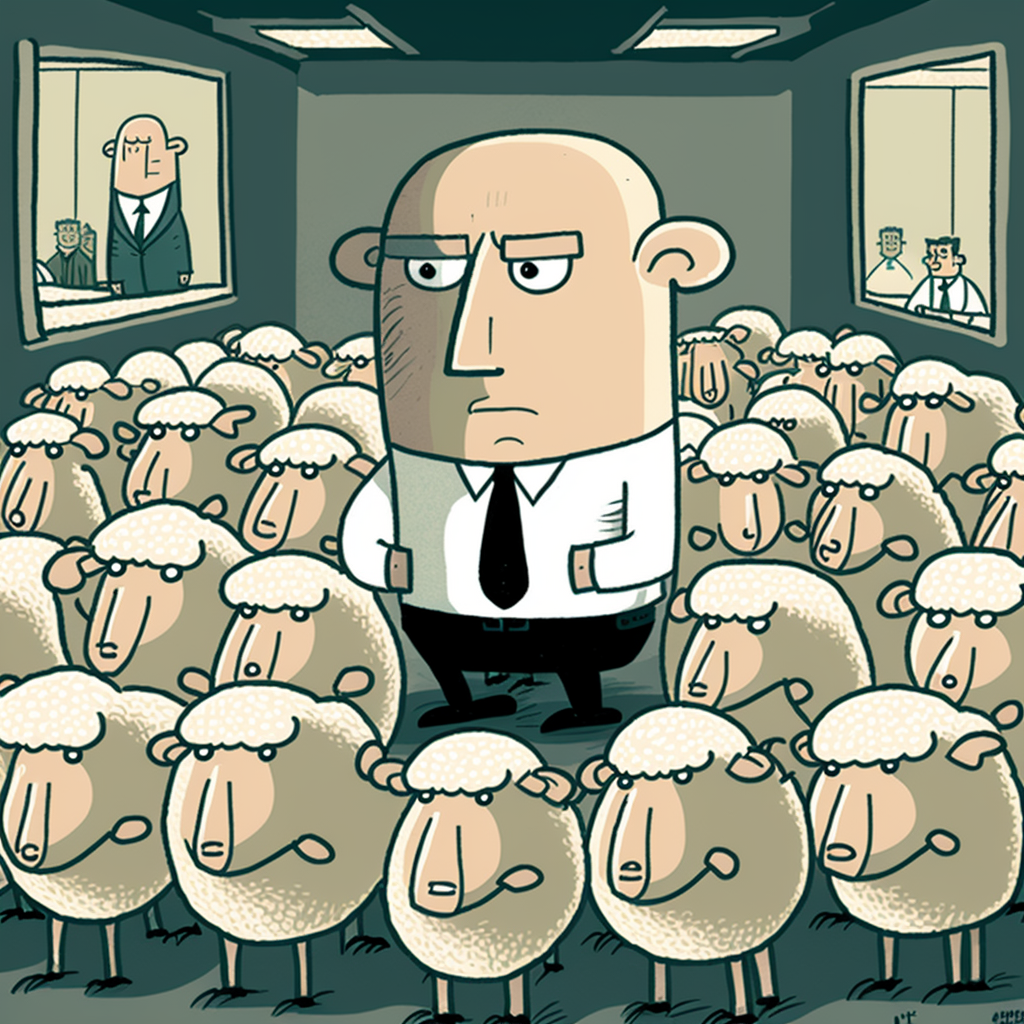Why You Shouldn’t Write “To Whom It May Concern” On Your Cover Letter

Many job seekers still don’t understand how important cover letters are in their job search. Your cover letter has the power to turn your job application from a “maybe” to a “yes.” Even the little details, like how you address your cover letter, can impact a hiring manager’s decision whether to give you a call or not.
As a job seeker, there are many ways you can choose to address your cover letter. But there’s one you should never useâno matter the circumstances.
Here’s why you shouldn’t write “To Whom It May Concern” on your cover letter:
It’s Impersonal
The whole point of your cover letter (a disruptive cover letter, at least) is to connect with the employer. How can you do that when you begin your cover letter with such an impersonal greeting?
When you write “To Whom It May Concern” on your cover letter, you’ve already lost an opportunity to be warm and friendly. This type of greeting is cold and formal, something you’d see in business correspondence. Maybe a cover letter was considered a form of business correspondence back in the day, but it’s much more than that now.
So, skip the formality. Your cover letter should be personal. It should tell a storyâthe story of why you want to work for the company, why you’re passionate about what they do, and how you believe you can help them achieve their goals as an organization. And no good story ever began with “To Whom It May Concern.”
It’s Outdated

If you write “To Whom It May Concern” on your cover letter, there’s a good chance the hiring manager will think you’re old-fashioned, if they didn’t already think so after reviewing your resume.
In the job search, it’s all about relevancy. By using such an outdated greeting in your cover letter, the hiring manager will also begin to question just how relevant your skills are, or if you’re still relevant in your industry.
Simply put, “To Whom It May Concern” is outdated, old-fashioned, and can bring into question your relevancy as a professional, a business-of-one. That’s not something you ever want.
It’s Lazy

Writing “To Whom It May Concern” on your cover letter might’ve been completely fine before the internet and the rise of professional networking sites like LinkedIn. But now information about who works at a certain company and their roles within an organization is freely available and out there for anybody to find. You just have to look for it.
That’s why when you use this type of cover letter greeting it can come off as lazy. The hiring manager may think you didn’t care enough about the job opening to properly address the cover letter to the person who’d be reading it. So, do you really care about getting the job? Do you really want the job? If you’re lazy even before you get the job, would someone be wrong to assume you’d probably be lazy on the job as well?
In the job search, you never want to do the bare minimum. Writing “To Whom It May Concern” on your cover letter is the bare minimum.
A little research never hurt anybody. Before starting your cover letter, try to find the name of the hiring manager at the company you’re applying to. If you can’t, writing “Dear Hiring Team” or “Dear Hiring Manager” will work just fine.
How you address your cover letter is more important than you think. Every little detail can impact a hiring manager’s impression of you. So, whatever you do, avoid the impersonal, outdated, and lazy greeting of “To Whom It May Concern” on your next cover letter. You’ll thank us later.
Need more help with your job search?
Become a member to learn how to land a job and UNLEASH your true potential to get what you want from work!
This article was originally published at an earlier date.















































